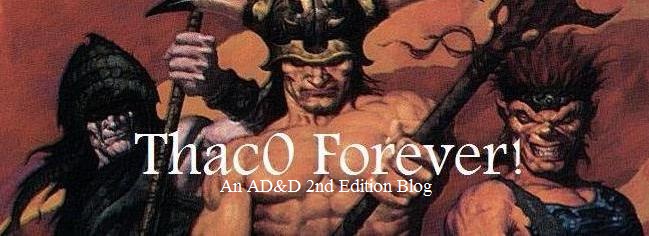Determining which ability score to raise
Ability Scores are broken down into 4 types, based on Class.
- Type A: The Prime Requisite scores for the class. At any odd level after first, the character may train to attempt to raise just one of these scores.
- Type B: These consist of the scores that, while not PRs, but are still required to qualify for the class. Once every set of 3 levels(1-3, 4-6, 7-9, etc) the character may train to attempt to raise just one of these scores.
- Type C: These are scores while not required by the class, I feel are a big part of determining how effective the character is at fulfilling his role determined by class. The character may train to attempt all of these scores(separately) once for every set of 4 levels(1-4, 5-8, 9-12, etc)
- Type D: These are the scores that really have little bearing on the assumed role of the character. The character may train to attempt all of these scores(separately) once for every set of 5 levels(1-5,6-10,11-15, etc)
| Class | Type A | Type B | Type C | Type D |
| Fighter | Strength | - | Dexterity, Constitution | Intelligence, Wisdom, Charisma |
| Paladin | Strength, Charisma | Wisdom, Constitution | - | Dexterity, Intelligence |
| Ranger | Strength, Dexterity, Wisdom | Constitution | - | Intelligence, Charisma |
| Wizard | Intelligence | - | Dexterity, Wisdom | Strength, Constitution, Charisma |
| Sp. Wizard | Intelligence | Varies by Specialist type | - | Varies by specialist type |
| Cleric | Wisdom | - | Constitution, Charisma | Strength, Dexterity, Intelligence |
| Druid | Wisdom, Charisma | - | - | Strength, Dexterity, Constitution, Intelligence |
| Thief | Dexterity | - | Intelligence, Charisma | Strength, Constitution, Wisdom |
| Bard | Dexterity, Charisma | Intelligence | - | Strength, Constitution, Wisdom |
Training to Raise the Score
The cost and time to raise an ability score is the same as for when gaining a level as presented in the optional rule in the DMG. For speed and for those who don't play 2nd edition.
The Time required is:
19-(Character's Wisdom) = Time in weeks(x2 if the character is not being trained by a teacher)
The Cost is:
Current Character level x 100 = gp/week(x2 if the character is not being trained by a teacher)
At the end of this time the character gets to make a check based on his Wisdom, Intelligence, or the ability score being raised, whichever is highest(treat percentile Strength as an 18). If the character passes the check the ability score is raised by 1 point(or 1d10% in the case of warriors for percentile strength). If the pass fails, the character may not attempt to train again(nor continue training) while within this level category for that ability(or any other ability in that type if it's a type A or B ability). At no point can the character use this method to exceed Racial maximums.
Getting a Teacher/Mentor
In order to qualify to train another character, the prospective teacher must have an ability score 2 points(or 20% in the case of percentile strength) higher than the student's current ability score. The only time it can be lower than this is when the trainer has suffered penalties due to aging. Thus, if a 20 year old Human teacher was trying to teach a student to raise his strength from 12 to 13, the teacher would need a minimum strength of 14. However, if a 90 year old Human teacher were teaching the same student, he would need a current minimum Strength score of at least 10(since at 90 years old, the human would have subtracted 4 points from his strength score due to aging) to teach the same student.
If a PC is attempting to train another PC(or even an NPC), the teacher PC must succeed at a Wisdom AND Charisma check(NPC teachers are assumed to have already made these checks), or be unsuitable as a teacher.



